
A puncture wound is a type of wound inflicted by a sharp, pointed object that pierces the skin creating a small hole, which can be deep or superficial. Any protruding object can cause a puncture wound, like needle, piece of glass, sharp nail or wood splinter.
It is important to take proper care of the puncture wound because the object that inflicted it may be carrying bacteria and other harmful agents, causing an infection.
Puncture wounds normally bleed a little, but if there is too much blood that does not stop, it is better to seek medical attention.
Also, it is not unusual for the object that inflicted the wound to remain inside, especially if it is a small object. In that case it is very likely that an infection will occur.
Signs of infection of a puncture wound include swelling, redness, pulsating pain, watery discharge or even pus.
How to treat puncture wounds
Depending on the severity of the wound and on the object that caused it, a puncture wound can be treated at home, without having to go to the hospital or an emergency room.
The first thing to do is to check if there are any foreign objects left in the wound. This can be done by examining the object that caused the wound. If there is a piece missing, the chance is it is still stuck in the wound. Foreign objects can be removed using a magnifying glass and sterilized tweezers.
After the foreign object has been removed, it is recommended to leave the wound to bleed a little. The blood will wash away dirt and foreign particles, as well as bacteria and other harmful agents. However, if the bleeding does not stop and becomes excessive, the wound should be compressed with a clean cloth until the bleeding stops or slows.
The next step is to clean the wound. It is best to use warm running water and a mild soap. After this, the wound is dabbed dry with a paper cloth and then a thin layer of an antibiotic ointment is applied to prevent infections. The wound should then be covered with gauze and secured with a bandage.
Puncture wounds take a few days to heal, but this depends on their severity, and in some cases it may take longer. During the healing period, the dressing should be changed daily and the wound should be cleaned every time the gauze is changed, using clean hands.
When to see a doctor
If the puncture wound has been properly cleaned and all the foreign objects are removed, the wound should heal on its own pretty soon. However, in case of complications, it is recommended to see a doctor who will examine the wound and prescribe appropriate treatment.
It is generally recommended to see a doctor if it has been more than six months since the last tetanus shot, if the foreign object is stuck in the wound, if the wound is located in the sensitive area, like the head, the neck or the genitalia and if the bleeding does not stop after 10 minutes.


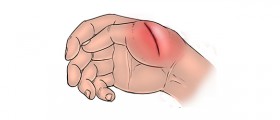
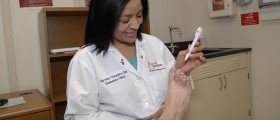
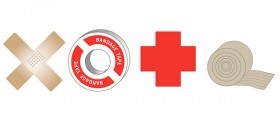






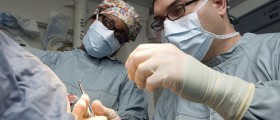

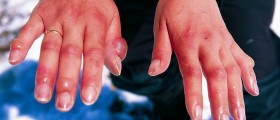
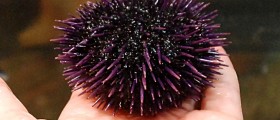

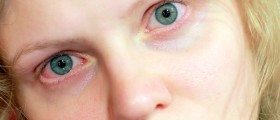
Your thoughts on this
Loading...